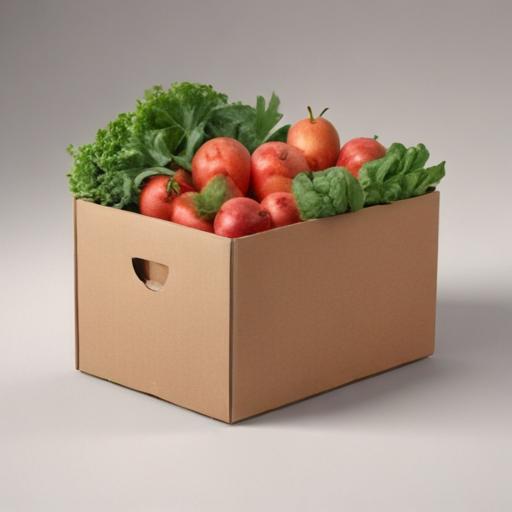Amazon is expanding its same-day delivery service for fresh foods to more than 1,000 cities, signaling a stronger push into its grocery ambitions after years of shifting strategies. The company says customers can now add perishable items such as dairy, meat and seafood to their usual Amazon orders and receive them the same day, with pricing options that vary by membership status.
Under the rollout, same-day fresh food is free for Prime members on orders over $25 in most cities; orders below that threshold incur a $2.99 delivery fee. Non-Prime customers can use the service for a flat $12.99 with no minimum order. The expansion also means customers can check out fresh groceries in the same cart as other items, reducing the friction of navigating multiple stores or checkout experiences.
Amazon plans to broaden availability to about 2,300 cities by the end of the year and to add more locations in 2026. The service was piloted previously in Phoenix, Arizona, and more recently in Orlando, Florida, and Kansas City, Missouri. Amazon said customers “embraced the convenience” and that many first-time grocery shoppers returned to buy perishable items again, with roughly one in five such customers using the service multiple times within the first month.
Industry observers see this move as a potential expansion of Amazon’s grocery footprint. Neil Saunders, managing director at GlobalData Retail, said the expansion should help Amazon gain market share in food, thanks to the company’s extensive logistics network, which could support profitability where other online grocers have struggled. Jassy has repeatedly expressed optimism about the grocery segment, noting strong demand for fresh food through the pilot with growth in everyday essentials.
The new approach sits alongside Amazon Fresh and Whole Foods Market, and appears designed to simplify the customer experience by keeping more grocery activity within the core Amazon app rather than splitting orders across separate storefronts. While the expansion underscores Amazon’s confidence in its delivery capabilities, experts also warn that food shopping remains heavily anchored in physical stores, and the path to long-term profitability in groceries remains nuanced.
Logical takeaways include a clear bet on leveraging existing logistics to drive higher grocery penetration, a strategy that could reduce barriers for customers who might be new to online grocery shopping and strengthen Prime’s value proposition through more frequent, convenient perishables purchases. The move also places renewed pressure on competitors to simplify their own grocery delivery experiences and to scale cost-efficiently in a market where margins can be tight.
Summary: Amazon is broadening its same-day fresh food delivery to thousands of cities, bundling perishables with regular orders in a streamlined checkout for Prime and non-Prime customers alike. The expansion aims to deepen grocery penetration, boost Prime’s appeal, and capitalize on its logistics network, while acknowledging that consumer shopping for groceries remains strongly rooted in physical stores and profitability can be challenging.
Positive note: If executed well, the expansion could mean faster access to fresh foods for more households and a more seamless grocery shopping experience overall, reinforcing Amazon’s role as a comprehensive everyday shopping platform.
